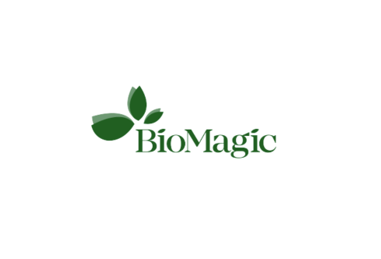Are you ready for the US Market?
FDA Strategy for Safety of Imported Foods
All food suppliers looking to enter the US market must meet FDA guidelines and be FSVP compliant.
FDA - Food and Drug Administration
FSVP - Foreign Supplier Verification Program
According to FDA, the United States imports about 15 percent of its overall food supply. Today more than 200 countries or territories and roughly 125,000 food facilities plus farms supply approximately 32 percent of the fresh vegetables, 55 percent of the fresh fruit, and 94 percent of the seafood that Americans consume annually. But this increasingly globalized and complex marketplace has also placed new challenges on our food safety system.
In 2011, Congress passed the FDA Food Safety Modernization Act (FSMA), shifting the focus of federal regulators from responding to contamination to preventing it. Over the last several years, the agency has developed prevention-based standards applicable to foreign and domestic food growers, manufacturers, processors, packers, and holders. In addition to establishing new food safety standards, FSMA has granted FDA new and supplementary oversight and enforcement authorities to ensure industry is meeting these standards.
Here is a quick look at the FDA Strategy for Safety of Imported Foods.
Also consider:
EAN Codes: If your items have an EAN you will need to covert to UPC numbers for the US market to make things easier
Country of Origin: Having the Country of Origin is a must for all packaging
US Manufacturing Plant: You do not need a manufacturing plant in the US but not all retailers import so you will need a warehouse, work with a third party logistics company or use an importer for warehousing
Ethnic Market - when thinking about the US market many manufacturers think about being present in the large retail chains like Walmart, Kroger, Publix, HEB and others. One aspect that is sometimes overlooked is the Ethnic Market. The diverse population of the US created room for a large number of ethnic stores that target the population in their area. These are small mom and pop stores that carry mainly ethnic products targeted to a specific region. Throughout the US you will find a large number of European Markets, Ukrainian stores, German stores, Lebanese stores, Asian stores and the list goes on. To supply these stores, US hosts a number of distributors focused on specific regions of the world and they are a good option to contact to launch your products in the US. Targeting the right Ethnic Markets ensures your initial customers will be people already familiar with your brand and looking for a taste of home.
Mainstream Grocery or International Isle - where does your product fit best? the regular grocery isle or the international isle? The majority of retail chains have an international isle meant to bring consumers a taste of the world. Unique items, specific to a country of region would be better suited in the international isle until the consumers get familiar with the brand. Different buyers may be in charge of the International isle so make sure you are contacting the correct buyer.









